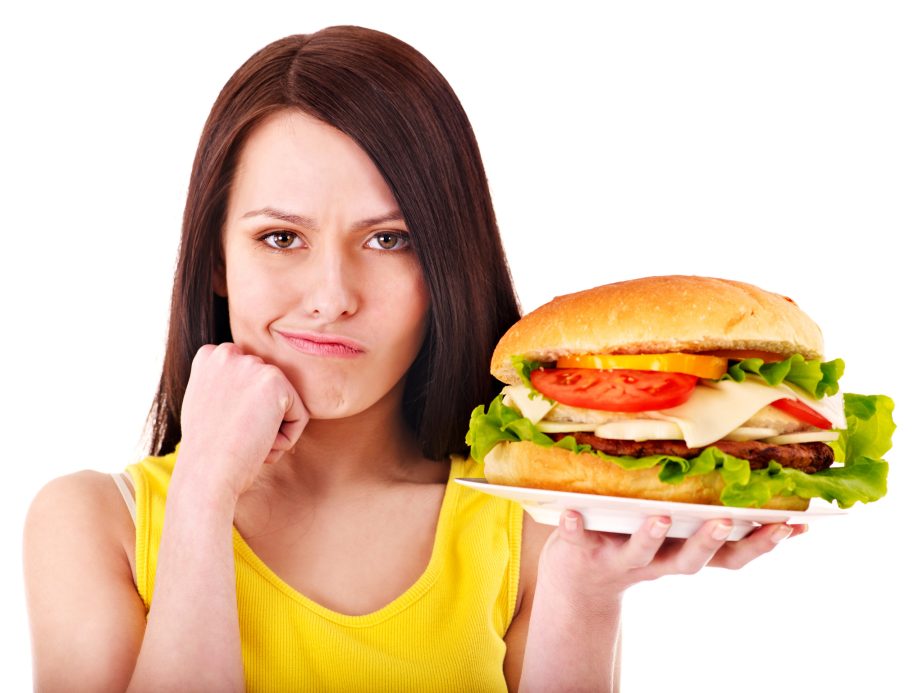
Elizabeth Hurchalla :
Here’s the good news: Snacking isn’t inherently unhealthy, and you don’t have to quit snacking altogether. In fact, if you snack on the right foods low in fat and follow a few simple guidelines, munching between meals not only helps you stay on your diet, but it may help you maintain or even lose weight too.
The problem, of course, is that for many people, a snack means, well, ‘snack foods’ — chips, cookies, cakes, candy and other processed, high-calorie, high in fat goodies.
Snacking also becomes a weighty problem if you mindlessly eat all day long, says Debi Silber, a registered dietician with a master’s degree in nutrition, author of The Lifestyle Fitness Programme: A Six-Part Plan So Every Mom Can Look, Feel and Live Her Best. Check out these tricks to stop snacking on all the wrong stuff and start making smarter, healthier choices.
Sit down with a plate
It’s common to graze when you prepare meals or even walk through the kitchen. From now on, promise yourself that you’ll put every morsel on a plate and sit down before eating it. By making this simple commitment, “you’ll become more aware of snacking and end up eating less,” says Silber.
Make snacking unsavory
When a craving strikes, temporarily trick your taste buds by brushing and flossing your teeth. Nothing tastes good when your mouth is fresh and minty. Likewise, scented body lotion may turn you off of the idea of eating for the time being.
Never skip meals
According to a survey by the International Deli-Dairy-Bakery Association, more Americans have a snack than eat breakfast or lunch. But skipping meals is a mistake: It makes you ravenous, especially for high-fat, high-sugar snacks. “Never let yourself get too hungry,” warns Silber. “It leads to overeating every time.”
4. Choose substantial and low fat snacks
Having a snack can stop you from getting too hungry and overindulging at mealtimes. But it only works if your snack is satisfying enough that you aren’t craving another in an hour, says Silber. The secret: Pairing foods that contain fiber-rich carbs with high-protein picks. The duo keeps blood sugar levels steady and you feeling full. Try a pear with low-fat cheese, an apple with peanut butter, yogurt with low-fat granola or whole-wheat pita bread with hummus. Whatever you eat, aim to get about 100 to 250 calories.
Buy healthy, portable foods
Processed, fattening snacks are often conveniently packaged, making them an easy go-to when you get hungry. But if you stock your fridge (or purse) with similarly convenient good-for-you snacks, you’re more likely to munch healthy. Think about grab-and-go fruits, veggies and other fare while you’re shopping. Instead of buying pineapple that needs to be peeled, cored and cut, for example, stock up on bananas.
Or, in lieu of carrots you must clean, peel, cut and bag, pay a little extra for baby carrots. Other options: almonds, grapes, apples, high-fiber granola bars, and individually wrapped low-fat string cheese. n

